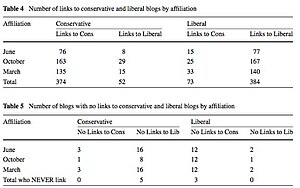 Image by Marion Doss via Flickr
Image by Marion Doss via FlickrThe root of the problem is the same in most countries: With populations aging, the intergenerational transfer system that has paid for pensions and health care is breaking down. Low birthrates and longer life spans are changing the balance between workers and retirees so that current levels of taxation cannot support the promised benefits. Across the developed and, increasingly, developing worlds, worker-to-recipient ratios are declining. By 2050, the U.S. Census Bureau estimates, there will be only 2.7 American workers for each retiree, down from 4.7 in 2008. The European Union nations will have only 1.8 workers per retiree, and Japan 1.3. China faces the biggest adjustment, dropping from about 7.7 workers per retiree to 2.1.
As a result of these demographic changes, many government pension and health care systems for the elderly worldwide are now little more than Ponzi schemes that are running short of new “investors.” Aggravating the budget situation is the rapid rise in health care costs caused by the development of new—and expensive—medical technologies, drugs, and treatment procedures.The Bottom-Line:
In the past, the United States did reasonably well by muddling through crises. But this time, temporizing may not serve us as satisfactorily. The needed medicine is bitter. Tax increases in the trillions of dollars appear necessary, and they probably won’t be politically possible unless accompanied by similarly large—and permanent—cuts in government-provided retirement and health benefits. So, despite the political rhetoric on both sides and the emergence of a Tea Party movement that instills the fear of higher taxes in Washington, we are still betting on the politicians to cut a deal. Call it a “grand social welfare compromise.”
The immediate concern must be to find a way to close the long-term budget gap; but how it is closed is just as important. The understandable temptation will be to tinker—to raise a tax here and there, and to trim benefits in one way or another, in the hope that a series of small changes will solve our long-term budget problems. That may be the most appealing course politically, but it is not likely to work, and it certainly will not maximize domestic productivity and international competitiveness. The key will be to raise taxes and trim benefits in a way that minimizes disruption and hardship while creating incentives for saving and investment. This will take analytic smarts and political savvy.The article points out we (the US -- but this applies to Canada too) are not as wealthy as we think we are; we have huge unfunded liabilities, including state- and federal-level pensions, social security, pensions, and healthcare.
To those young, healthy, able-bodied Canadians who like the idea of a guaranteed $20K a year: we can't afford you. Please take responsibility for your own life and make your own arrangements.
From the Wilson Quarterly.















































